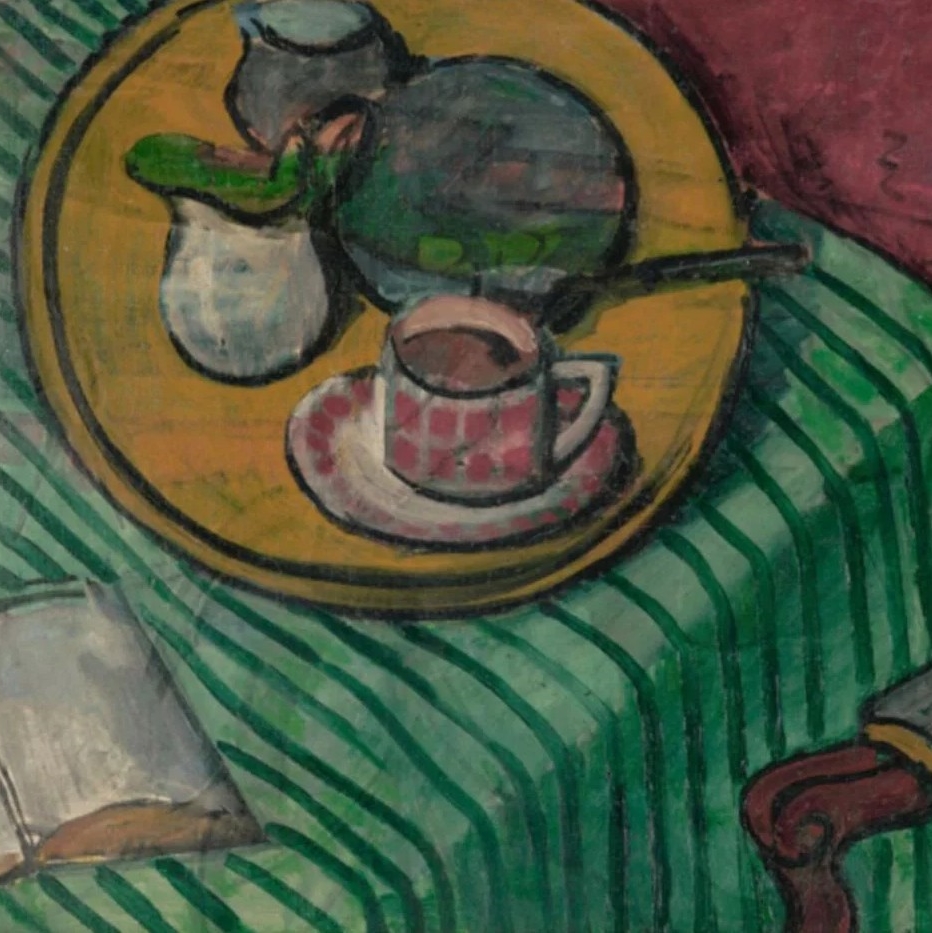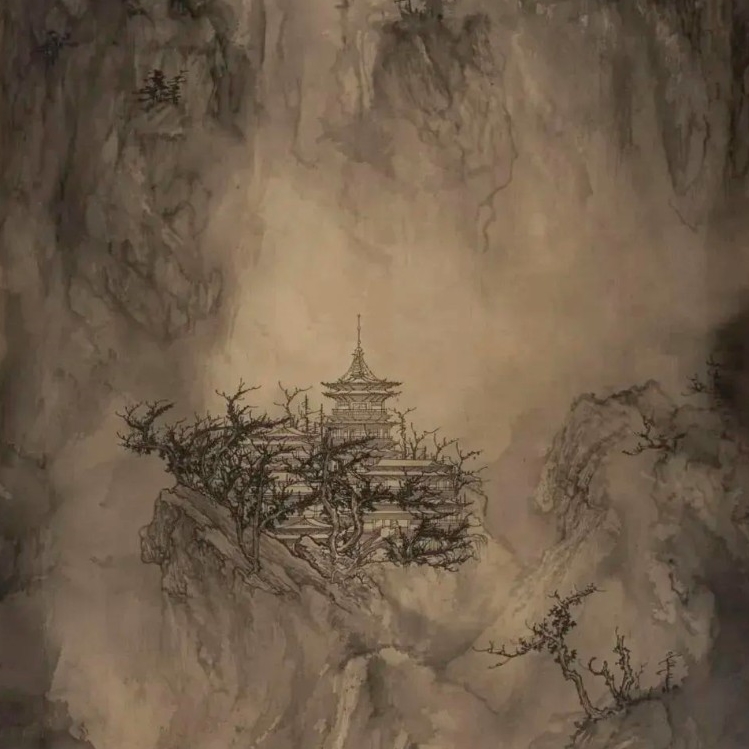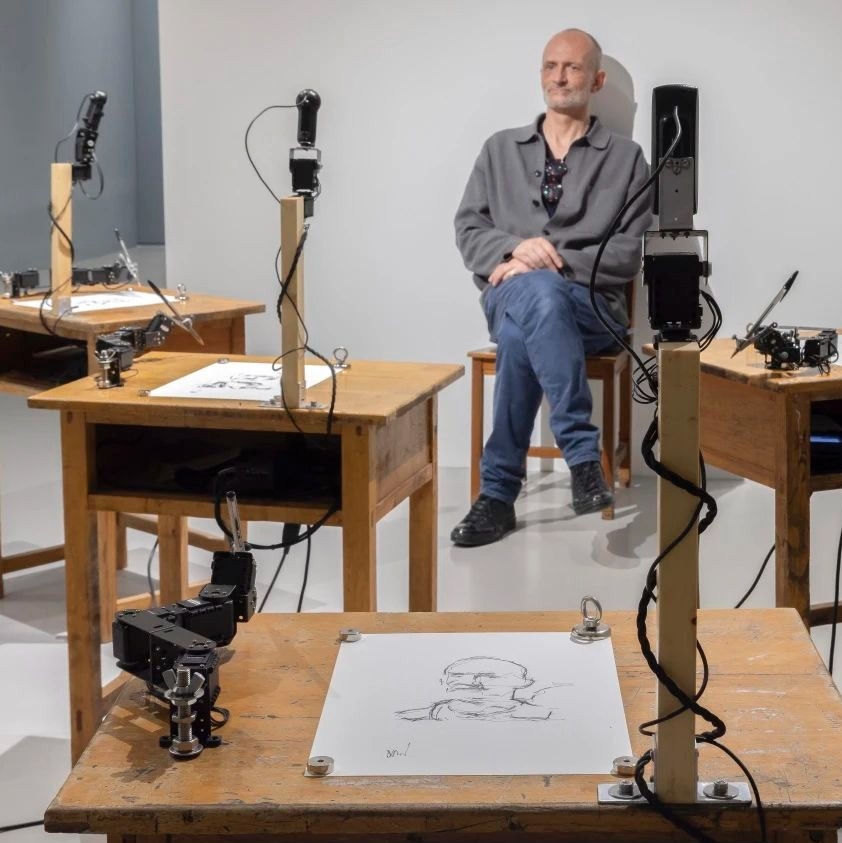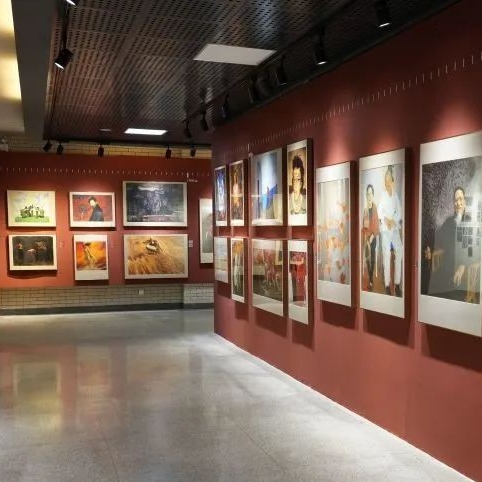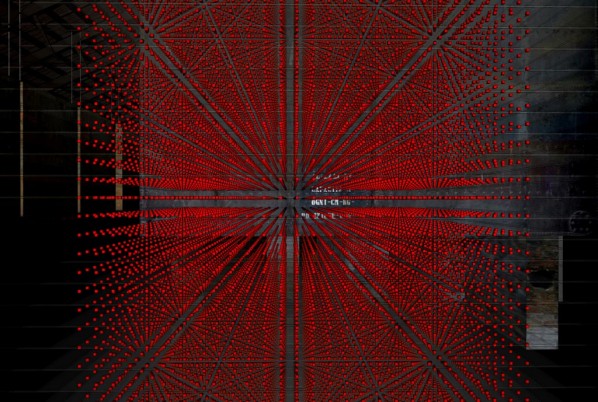
Xu Dongliang’s interactive installation "Lightopia"
Commissioned by the Ministry of Culture, PRC, China Arts & Entertainment Group announced that the Chinese Pavilion at the 13th Venice Architecture Biennale will showcase five conceptual installations, independent and interrelated, which are respectively created by Shao Weiping(BIAD-UFo), Tao Na, Wei Chunyu, Wang Yun and Xu Dongliang. Organized by China International Exhibition Center, the Chinese Pavilion will take place at Cisterne, Arsenale. The 13th International Architecture Exhibition directed by David Chipperfield and entitled Common Ground will run in Venice from 29th August through 25th November 2012(Preview on August 27th-28th).
“Originaire” which was put forward by Fang Zhenning, renowned critic of art and architecture was chosen as the pavilion’s final theme after expert appraisal, responding to the motif of this year’s exhibition as set forth by the director David Chipperfield.
“Originaire” (French) which contains the meaning of “the origin” and “the initial”. “Origin”(Chinese 源) means the source of a river, hereby we quote the concept of “origin” to seek the genesis of memories and materials as well as the initial visualization. Five installations created by Shao Weiping(BIAD-UFo, architect), Tao Na(artist), Wang Yun(architect), Wei Chunyu(architect) and Xu Dongliang(space designer) incarnate “Originaire” through varied materials and perspectives.
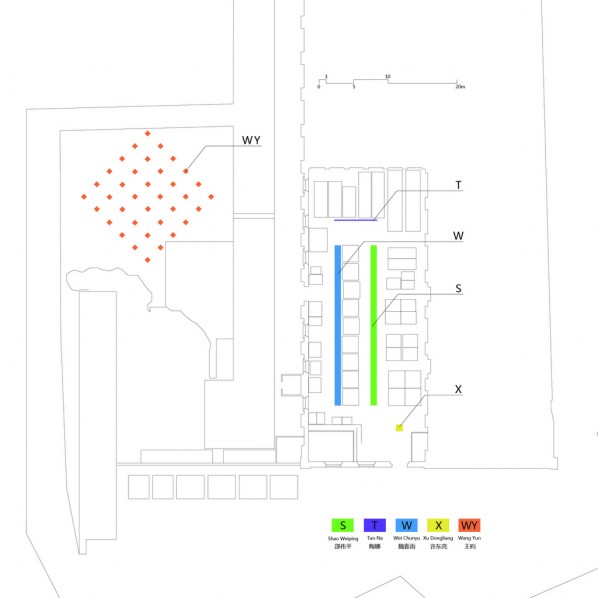
The Plane Graph of China Pavilion for the 13th Venice Architecture Biennale
Recently, China’s pavilion’s curatorial team unveiled their plans for the project. Entitled “Square Garden”, architect Wang Yun’s installation seems like a matrix combination of 36 white and minute-faced cubes fallen from the sky. It’s a square garden airborne on the green lawn of Cisterne. On the basis of his abstract analysis of research into settlement, Wang Yun constructs his contemporary architectural design.
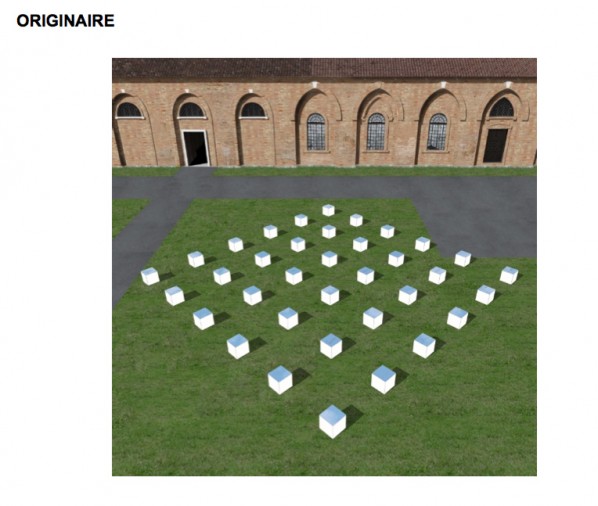
Wang Yun's SQUARE GARDEN
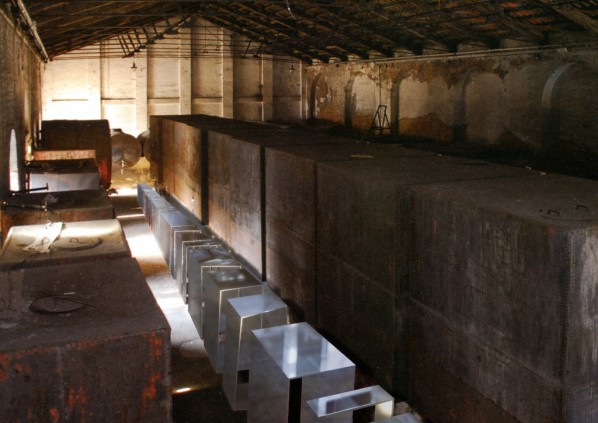
Wei Chunyu’s "Variation"
Wei Chunyu’s “Variation” indicates the experience of time and space through the presentation of a variation in objects with plain and philosophical language. Through cutting slices, Shao Weiping(BIAD-UFo)’s installation named “Cluster” projects the conceptual model of architectural design in a linear form which is based on the principle of the Möbius Strip. With “Palace in the Sky”, Tao Na would like to allow visitors to experience the Macross trips among planets and extragalactic galaxies through interactions. She also wants to raise the hope of people to cherish their own homeland through this kind of praise on earth. Xu Dongliang’s interactive installation “Lightopia” is likes an ancient burst of flames which reminds one of a campfire and the starry sky that predates human existence.
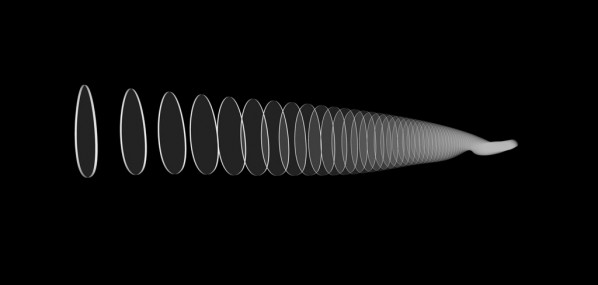
Shao Weiping(BIAD-UFo)’s installation named "Cluster"
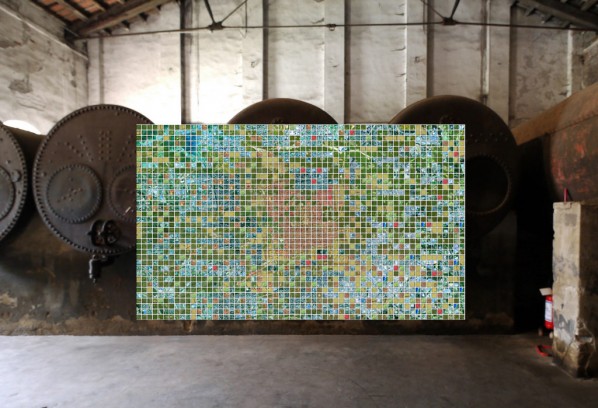
Tao Na's "Palace in the Sky"

Xu Dongliang’s interactive installation "Lightopia"
“The emphasis of the 2012 Biennale,” explains David Chipperfield, “is on what we have in common. Above all, the ambition of Common Ground is to reassert the existence of an architectural culture, made up not just of singular talents but a rich continuity of diverse ideas united in a common history, common ambitions, common predicaments and ideals. In architecture everything begins with the ground. It is our physical datum, where we make the first mark, digging the foundations that will support our shelter.” “Originaire” which was put forward by Pavilion of People’s Republic China precisely originated from the realms of the spiritual and material. Starting from and beyond the reality of China, it deepens and extends the concept of “common ground”. It intends to give a poetic interpretation and presentation of abstract thinking and philosophical speculation from ancient China.
As is known to all, the Venice Biennale has for over a century been one of the most prestigious cultural institutions in the world. Ever since its foundation in 1895, it has been avant-garde, promoting new artistic trends and organizing international events in contemporary arts. The International Biennale of Architecture has been given growing importance to the Architecture Exhibition which is still young considering the fact that the first exhibition was held in 1975 and 2012 will be its 13th edition. Each national participant is committed to participating in the biennale and great importance has been attached to it by governments including China. Curators, artists and architects who manage to attend this exhibition regard it as a high honor and try their very best to display all their faculties.
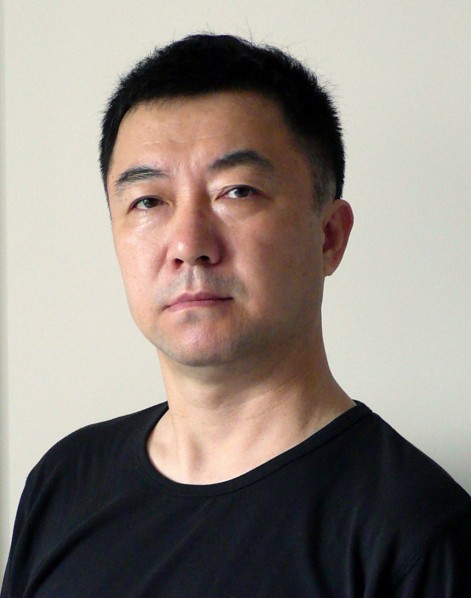
Fang Zhenning
Fang Zhenning, Curator of the China Pavilion has put forward “originaire” as the theme according to his cross-border experience in artistic creations and his years of studies in architecture. In collaboration with architects and artists, Fang tries to unify art, architecture, space and curatorial concepts. In addition to installations, a conceptual catalogue will be published which is not a usual exhibition catalog and guide book but an extension of the exhibition. Through special editing and composition together with the installations, it features the avant-garde thinking of contemporary curators, architects and artists in China. In an unprecedented way, China Pavilion will make its debut on the stage of the 13th International Architecture Biennale. The Biennale will run from August 29th to November 25th in Venice.
Fang Zhenninng, freelance curator for the arts and architecture has been selected to serve as the director of the China Pavilion for the 13th Venice Architecture Biennale. Born in Nanjing, Fang Zhenning graduated from the Central Academy of Fine Arts (CAFA) in 1982. Now he teaches at the School of Architecture, CAFA and acts as Dean of Review and Curatorial Research Studio, Graduate Center of Architecture, Peking University. Currently, he lives and works in Beijing.
Basing himself on the criticism of art and architecture, Fang makes the most direct and vanguard comments on what’s happening to art now. As a curator who is dedicated to the promotion of Chinese contemporary architectural design, Fang was one of the founders of the Chinese version for Italian Domus Magazine. He used to be the senior columnist for the Chinese edition of Italian ABITARE, a contributor to the British Financial Times and special correspondent for Life Week. He has exerted a wide range of influence in the worlds of fine arts and architecture with his millions of words of reviews through his sharp observation and profound insight.


